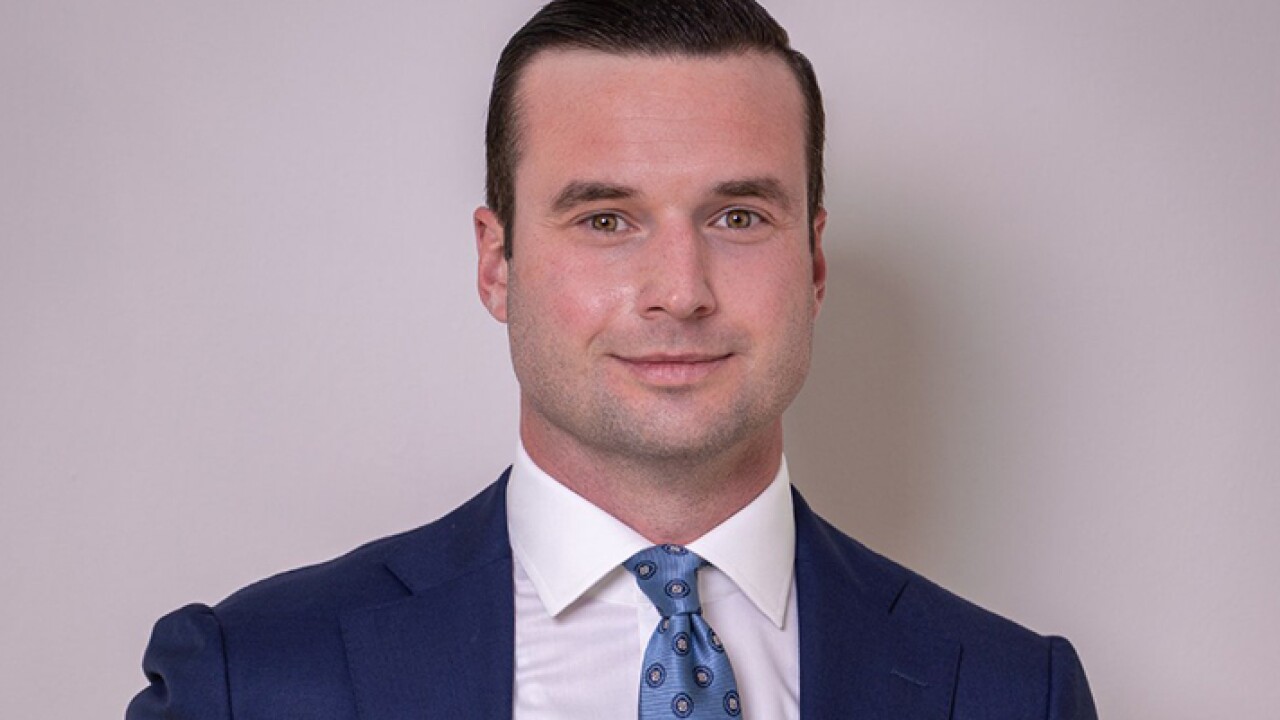The municipal bond market, fragmented and complex, is the original impact investment sector in US markets. If you read this newspaper for any period of time, this is not a novel statement. The idea first gained traction when a Silicon Valley startup raised millions in 2013 in part on this theme and extended into mainstream muniworld through the Trump administration when bonds were named all the colors of the rainbow in solidarity with "impact."
The industry has kept on doing what it does regardless of the flavor. This is both good and bad. The status quo is good: this industry funds roughly $30 billion monthly of securities that serve a public good. The status quo is bad: this $4 trillion-plus market remains an afterthought in the public eye and in the broader investment world. The last time municipal bonds were a serious policy issue was when President Obama created the Build America Bond program in 2009, and even then it was to safeguard the industry from a housing-related crisis. Nowadays BABs headlines

Consider this: A massive marketplace that is activated daily by virtually every state and local government, tribe, territory, and their conduits, is an afterthought when it comes to public policy at the highest levels of government. Even in light of bold Federal policy geared towards infrastructure investment, climate change and social equity - the marketplace is not at the center of any policy aim in the JOBs act, Inflation Reduction Act or the CHIPs act, even though all three will lean into public finance markets.
It is likely the fragmentation, the millions of obligors, the complexity that even AI struggles to comprehend that keeps this industry in the dark. Yet, day-in and day-out, it offers significant social and economic benefits that go largely unnoted. This complexity, coupled with a short-sighted muni lobbying complex that focuses on the mundane instead of big ideas, obscures the market from policy makers and remains only headline fodder from time to time for so-called Mainstreet. For those scared of losing the tax-exemption, consider that this big picture, not an advance refunding, is going to preserve the marketplace and has the potential to enhance it.
For clues on a potential path forward, we point to a relatively new area of overlap for the public finance industry. Philanthropy plays a crucial role in addressing social issues, supporting innovation, and fostering a sense of community and global citizenship. Investing in projects that generate positive social and environmental impact while providing compelling financial returns is increasingly in focus in either the tax-exempt or taxable municipal marketplace. Municipal bonds are a growing part of this movement, funding infrastructure development and creating public spaces that enhance community life. These investments strengthen communities, exemplifying the market's potential for profound impact. As the industry suffers from indecision and ineptitude around disclosure issues on climate change and equity, philanthropy has encouraged a myriad of approaches to better understanding the real impact of municipal bonds. While it may not impact the day-to-day right now, these are seeds that will bear fruit in the future.
The growing philanthropic interest in the municipal bond market is not only beneficial for
Program-related investments from philanthropic organizations can help fund projects in underserved areas,
The increased visibility and accountability brought by philanthropic interest can also push policymakers to implement changes that reduce the financial burden on disadvantaged communities. For instance,

While we applaud the leadership of many in the philanthropic field to push the envelope on non-financial implications of municipal bonds, this can only move the needle so far. There continues to be a lack of serious institutional commitment to many of those novel ideas that together look at the asset class as more than an exception from income taxes. That can be seen plainly with the lack of pricing advantages overall when it comes to impact versus non-impact securities.
Traditional market makers and investors must also be engage in the areas that sit outside the traditional financial metrics. These institutional players have the influence and resources to drive systemic change but need to see cost savings in doing so. Here are two principal components that link traditional financial approaches to the holistic:
- The narrative around climate change needs to move into how it impacts all facets of life and business models.
- Governments and investors should better understand that keeping people healthy and safe reduces costs.
It is with these two simple objectives that public finance becomes a driver of change and not an afterthought.
On the first objective, climate-adjusted yields are actively being quoted on names across the nation. Institutional market participants, using proprietary climate assessments, are charging more for Cusips where climate change has negative credit implications. This dynamic is emblematic of the consistent unequal access to information that occurs in markets.
A way for an institution, a group of, to drive change would be to adopt a holistic approach. Insurance companies
Regarding our second point, it's essential to highlight the clear positive correlation between healthy communities and favorable credit outcomes. Some examples:
Healthy Communities Lead to Lower Healthcare Costs : Healthier populations tend to have lower healthcare demands, which translates into reduced healthcare spending by local governments. This can free up public funds for other critical investments or reduce the need for tax hikes, both of which are favorable for credit outlooks. By investing in community health—through public health programs, access to quality healthcare, and preventive measures—municipalities can decrease the incidence and severity of chronic diseases, which are major drivers of healthcare costs.Increased Productivity and Economic Activity : Healthy citizens are more productive, contributing to higher economic output and stability. This productivity boost enhances the tax base, providing municipalities with more robust revenue streams. This is particularly important for the municipal bond market, as stronger economic conditions can lead to higher bond ratings and lower borrowing costs.Social Stability and Attractiveness to Investors : Communities that prioritize health often exhibit higher levels of social stability and quality of life, making them more attractive to both residents and businesses. This attractiveness can lead to population growth, business investment, and real estate development, further enhancing economic resilience and financial stability.Racial Equity and Improved Financial Assessment : Addressing racial disparities in health outcomes can significantly enhance the financial stability of communities. Historically underserved or marginalized groups often face higher healthcare and social service costs due to systemic inequities, including limited access to preventive care and chronic condition management. By focusing on racial equity in healthcare access, municipalities can reduce these disparities, leading to lower overall health costs and a healthier workforce.
Catalytic capital from philanthropy allows for the science and thought-leadership around these ideas to proliferate but until this is a core part of financial analysis the market does not enforce investing behavior to reward action taken to promote a holistic vision of community health. The recent dichotomy of Chicago's upgrades while it
The $4 trillion municipal bond market represents an ideal opportunity for socially conscious and impact-driven investors. However, traditional participants such as pension funds and tax-exempt entities have been largely inactive, primarily due to the tax benefits that are tailored to U.S. individual taxpayers. In recent years, the rise of taxable municipal bonds has reshaped the landscape. These bonds now comprise nearly $1 trillion in outstanding debt and account for more than 10% of annual municipal bond issuances. This shift has broadened the appeal of municipal bonds, making them increasingly viable for institutional investment, particularly in sectors Healthcare to Education and Transportation that have profound social impacts.
To fully leverage the municipal bond market as a catalyst for sustained social and environmental change, it is crucial to align the interests of traditional market players with this basic tenet of health, equity and ROI in a traditional and non-traditional sense. This can be achieved through a blend of policy incentives, financial innovations, targeted education, and collaborative efforts among stakeholders. Encouraging institutional investors to prioritize investments that deliver both financial returns and societal benefits will enhance the overall health and equity of communities, ultimately reflecting positively on credit ratings.





